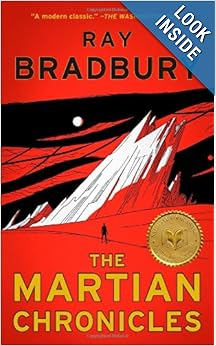By Kenneth A O'Shaughnessy
A young friend read this poem to me earlier this week, and then she read it over and over. It caused me to consider what makes a poem connect with its readers, even when it is something so simple as this:
Kitten, my kitten
soft and dear
I’m so glad
that you are here
Sitting together
just us two
You loving me
and me loving you.”
What can we learn about connecting with readers from this simple children’s poem?
Use a Familiar Theme
Sitting with a kitten in your lap is a common pleasurable activity for nearly everyone, especially every child. Whether you are writing for children, women, theology buffs, or even men ;-) there is always something common to them that will develop that instant interest in what you have to say. I tend to be guilty of writing from obscure ideas that excite me but mean nothing to other people - they can be fun, but they don’t get feedback from the readers that makes writing a communal effort. Writing from the familiar goes to where the reader is and brings her to where you want to go.
Use Simple Phrases
Each phrase of My Kitten holds together alone as an idea to which every child can relate. This keeps the reader engaged and following the flow of the idea. While the phrases are simple, one has a depth of meaning that makes them both functional and essential to the concept of the poem.
Use Feeling Words
Feeling words connect with the reader on a visceral level, both physically and emotionally. Words like “soft and dear”, “glad”, and even “sitting together” help the reader feel your ideas, not just understand them intellectually. And good poems, as with most good writing, are about the feelings that are evoked.
Personalize
Personalization doesn’t have to mean putting the poem into the mouth of the reader as we see in this poem. It does mean connecting with the reader’s experience, and using it to create a new experience in the reading of the poem. We as poets want our work to belong our readers in a way only each reader can experience. This poem accomplishes this in multiple layers, from the familiar activity of holding a kitten to the love we experience by being together with someone.
Here is a children’s poem suitable for this time of year - I hope it connects with you:
Mom called my brothers and me for dessert
We shot in like a cannon blast
I knew she was serving my favorite treat
And I did not want to be last
There, slopping out of our mammoth-skull bowls
Was that yummiest, oozy glop
Three towering dollops of cold eyes cream
With congealed scary on top
I gobbled it up like a monster should
Using all my fingers and toes
I ate it so fast that I choked real good
And gobs of it shot out my nose
I like to sling food at my brothers’ heads
But I love eyes cream so much more
So I used all my tongues and tails and teeth
And I licked it up off the floor
Now that my big furry belly was full
And I had swallowed every slurp
I flopped down in front of the monster box
And let out a monstrous burp
My brothers all burped out loud just like me
Then we started to scream and hop
"Bring us some more of our favorite stuff:
More eyes cream with scary on top!"
 Kenneth A O'Shaughnessy is a freelance writer and poet living in the upstate of South Carolina with his wife and four children. To find his daily poetry entries, log onto:
Kenneth A O'Shaughnessy is a freelance writer and poet living in the upstate of South Carolina with his wife and four children. To find his daily poetry entries, log onto:
or find him on Amazon here:

















